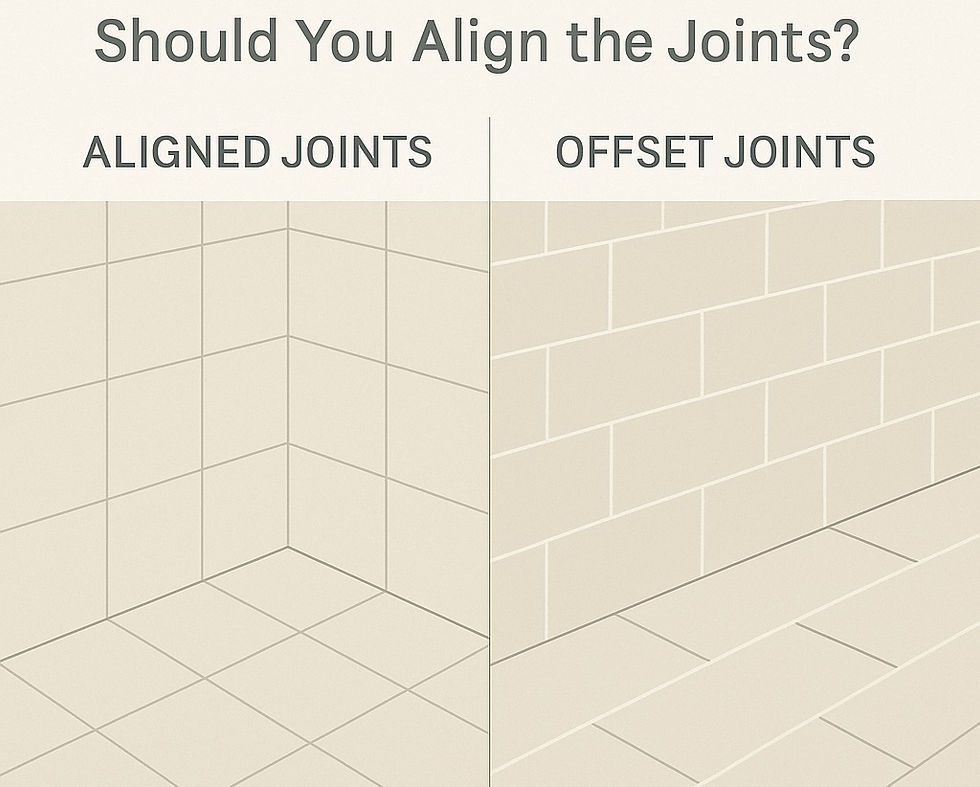Waterproofing & Screeding: What Comes First? A Guide for Landed Homes in Singapore
- Hitomo Construction Singapore (2010) Pte Ltd

- Oct 2
- 3 min read
In Singapore’s humid and rain-prone climate, waterproofing is not optional — it’s essential. Whether you’re rebuilding a landed house or doing A&A works, proper waterproofing protects your investment from water ingress, structural deterioration, and mold.
In residential construction, particularly for landed homes in Singapore, proper waterproofing and screeding is critical to prevent water seepage, long-term structural damage, and costly repairs.
One of the top causes of post-construction defects is water seepage — usually due to poor workmanship, wrong detailing, or improper layering of waterproofing materials.
This article will help you understand:
Where waterproofing is needed
How to ensure it’s done properly
Common mistakes to avoid
Areas That Must Be Waterproofed
1. Wet Areas
Bathrooms & WC
Kitchen floors (if wet kitchen)
Service yards
Balconies
2. Exposed Flat Roofs or RC Roof Slabs
Especially over living spaces
Roof terraces and open balconies
3. Planter Boxes
Improper planter detailing is a major leak source
4. Basement Walls or Retaining Walls
Requires membrane + protection boards + drainage layers
One common question from homeowners and new site supervisors is:
“Should we apply waterproofing before or after screeding?”
The answer isn’t a simple one-size-fits-all — it depends on the location, waterproofing method, and intended finishes. Here’s a breakdown to help you understand the correct sequence for wet areas, roofs, and balconies that works for us.
Screed First or Waterproof First?
This is a common debate. Here’s the breakdown:
Method | When to Use | Pros | Cons |
Waterproof below screed | For bathrooms, terraces, planter boxes | - Better protection at slab level- Industry standard for high-risk areas | - May be harder to repair if water seeps |
Waterproof above screed | For quick renovations, balconies | - Easier to apply and inspect- Can be tiled directly over | - Risk of water seeping into screed if not done well |
Hitomo's best practice is consistent with BCA's Good Industry Practice Guidelines: For bathrooms and balconies — apply waterproofing below screed, then install slope screed, followed by tiling.
You can also read more at Ardex's write up about this subject matter: click here
How To Ensure The Waterproofing Is Done Properly?
Key rules:
Apply on clean and primed surfaces (remove dust, grease) <- THIS IS VERY IMPORTANT
Follow manufacturer’s thickness requirements
Apply in multiple coats, with each coat curing fully
Do angle fillets at corner to eliminate sharp angles which are stress points in waterproofing membranes





Common Waterproofing Failures
Rushing the curing time
Poor surface preparation (dust, damp)
No mesh reinforcement at junctions
Waterproofing only above screed in critical areas
Incomplete coverage or thin coating
Waterproofing may seem like a “hidden” layer in construction — but it’s often what determines whether a house ages gracefully or suffers costly water damage down the road.
At Hitomo Construction, we carry out all waterproofing works in-house or work only with vetted professionals.
Too often, we see waterproofing handed off to the lowest bidder, or to untrained tilers. This leads to:
Leaks through hairline cracks or joints
Water seepage between bathroom tiles and concrete slabs
Costly hacking and re-waterproofing post-completion
Bottom Line:
Good waterproofing is invisible… until it fails.
That’s why Hitomo treats it as a mission-critical step — not an afterthought.
💡 Whether you’re building a new house or renovating, ensure that waterproofing is executed by those who understand not just the product — but the sequence, detailing, and integration with other works.




Comments